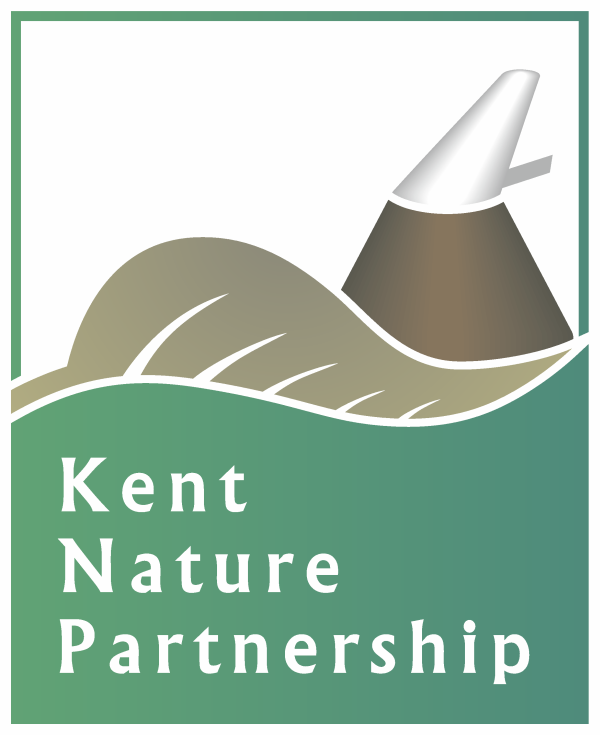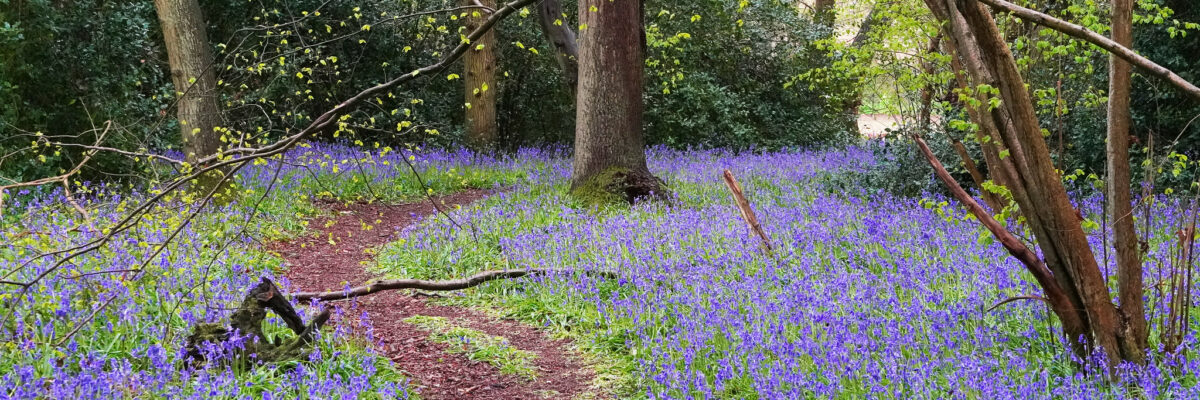Kent Biodiversity Strategy
The Kent Biodiversity Strategy 2020 to 2045
This Strategy is only provided here for reference and has now been superceded by the Kent & Medway Local Nature Recovery Strategy: www.naturerecoverykent.org.uk
The Kent Biodiversity Strategy was approved by the Kent Nature Partnership in February 2020, following consultation and peer review.
The Kent Biodiversity Strategy aims to deliver, over a 25 year period, the maintenance, restoration and creation of habitats that are thriving with wildlife and plants and ensure that the county’s terrestrial, freshwater, intertidal and marine environments regain and retain good health.
The Strategy looks to protect and recover threatened species and enhance the wildlife habitats that Kent is particularly important for. It also aims to provide a natural environment that inspires citizen engagement and is well used and appreciated, so that the mental and physical health benefits of such a connection can be realised by the people of Kent.
This will be achieved through the delivery of the following goals in Kent for 2045:
- A rich and growing terrestrial biodiversity, underpinned by more resilient and coherent ecological networks and healthy, well-functioning ecosystems.
- Clean, plentiful and biologically diverse freshwater and intertidal ecosystems underpinned by implementation of a catchment based approach.
- A reverse in the loss of marine biodiversity and delivering clean, productive and biologically diverse oceans and seas through good management.
- The widest possible range of ages and backgrounds will be benefiting from the mental and physical health benefits of the natural environment; and we will have inspired the next generation to take on guardianship of the county’s biodiversity.
Action will be steered by a broad spectrum of ambitious objectives. The Strategy has identified 17 priority habitats and 13 priority species that Kent can play a significant part in the restoration of. It has also identified a handful of species that can act as indicators of the health of our ecosystems. In addition, the Strategy looks to further work addressing overarching considerations affecting biodiversity recovery, including wilding, climate change, natural solutions, soil health and invasive species.
Whilst the Strategy has a 25-year timeframe, its delivery will be planned on a five-year basis with regular review to ensure it continues to respond to environmental pressures and national policy drivers. It is intended that the targets will be owned by all those that have the opportunity to drive the action needed to realise the Strategy’s vision – the success of the Strategy will depend on the county’s collective action.
At a time of ecological crisis, the Kent Biodiversity Strategy aims to help steer the collaborative work of conservationists, government, business and individuals to work in partnership so that the county’s natural landscape can be restored and threatened species can be saved.
It may be that the Kent Biodiversity Strategy objectives will be migrated into the forthcoming Local Nature Recovery Strategy, where they may have most impact. Either way KNP will maintain and work towards these long term objectives.
The objectives were not accompanied by a monitoring programme in 2020, but in producing the State of Nature in Kent Headlines chapter, KWT revisited the strategy objectives and married them with the state of nature findings. In some cases, data gaps were revealed in terms of reporting.
This was a helpful exercise and will allow KNP to take forward the objectives more effectively and clear metrics will be developed for each objective, to determine what data is needed, in order that future State of Nature reporting can be better targeted.

